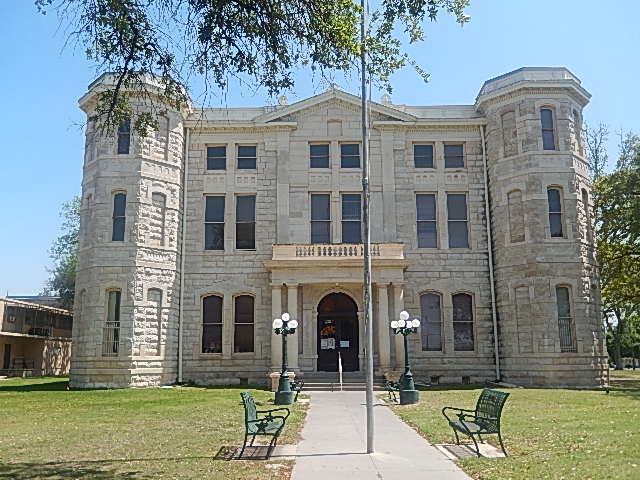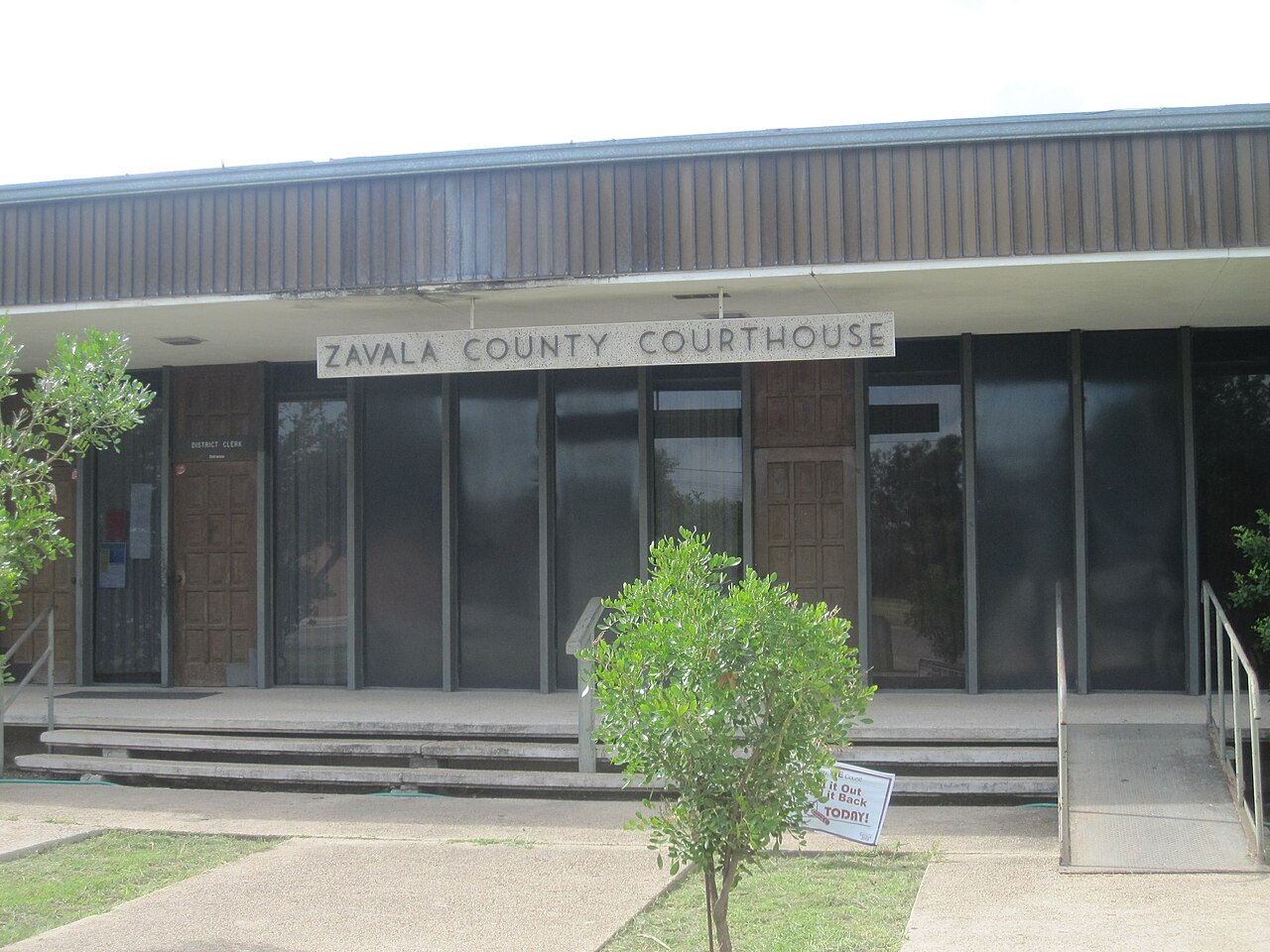Texas Writs of Garnishment to Collect Judgment Liens from Val Verde County, Texas
Seeking expert judgment-related services in Val Verde County, Texas? Look no further than Busby & Associates. Our team of skilled attorneys is dedicated to defending, collecting, and enforcing judgments, with a primary focus on garnishing bank accounts and financial institutions. As proficient consumer bankruptcy, family law, and divorce lawyers, we also extend our support to both obligors and obligees involved in child support lien cases, offering comprehensive collections prosecution and defense. Additionally, we possess the knowledge and experience to domesticate foreign child support liens specific to Val Verde County. If you’re a judgment creditor struggling to receive payment or experiencing challenges in collecting your judgment, especially if the debtor resides in Val Verde County, reach out to us. We will guide you through the process, ensuring you receive the assistance you need to successfully collect your judgment.
Texas Judgment liens in Val Verde County
The establishment of a properly fixed judgment lien results in a lien on all nonexempt real property of the judgment debtor in Val Verde County. An abstract of judgment, accurately recorded and indexed, is essential for the creation of a judgment lien. To fix the judgment lien, it is necessary to file the abstract of judgment in each county where the lien is sought. The lien’s validity persists for ten years from the date of recordation and indexing, unless the judgment becomes dormant. It is important to note that the judgment underlying the lien must be final and cannot be interlocutory. Even if the judgment is under appeal or a supersedeas bond has been filed, an abstract of judgment can still be filed if the judgment is final. Additionally, if the judgment creditor has taken the necessary steps to obtain a lien before the judgment is appealed, the appeal itself will not nullify the effect of those steps in the event of affirmance. These rules specifically apply to judgments issued by Texas state trial courts and do not encompass the enforcement of judgments from other states and foreign jurisdictions. To enforce judgments from other states or foreign jurisdictions, the judgment must first be domesticated in Texas to establish a lien, followed by the filing of an abstract of judgment.
Texas Abstract of Judgment
Texas law allows for the preparation of the abstract of judgment by either the judge, justice of the peace, clerk of the court, or the judgment creditor or their authorized representative, such as an agent, attorney, or assignee, for judgments rendered in all types of courts except small claims and justice courts. However, in small claims and justice courts, the judgment creditor is not permitted to prepare their own abstract. Additionally, it’s important to note that abstracts of federal court judgments require the certificate of the clerk of the court. If you are in Val Verde County, Texas, you can abstract your judgment lien at the County Clerk’s office located at 00 Pecan St 1st floor, Del Rio, Texas 78840.
Contents
In compliance with the regulations in Texas, an abstract of judgment must present specific information accurately. This information includes the names of the plaintiff and defendant, the birthdate of the defendant (if available to the clerk of justice), the last three digits of the defendant’s driver’s license (if obtainable), the last three digits of the defendant’s social security number (if accessible), the suit number in which the judgment was rendered, the defendant’s address or, if not specified in the suit, the nature of citation and the date and place of citation service, the date of judgment, the amount for which the judgment was rendered and the outstanding balance, any child support arrearage, the interest rate specified in the judgment, and the mailing address for each plaintiff or judgment creditor. It is crucial to include the mailing address to avoid the imposition of a penalty filing fee. Additionally, the abstract of judgment must be verified by the creditor’s attorney, and unsworn declarations are not permissible.
Recordation of Judgment Liens Abstract
Val Verde County stands as the official jurisdiction for recording the abstract of judgment when the debtor has real property there. The abstract is submitted to the Val Verde County clerk, who meticulously records it in the county’s real property records, ensuring accurate notation of the date and time of recordation. Furthermore, the clerk is required to include the abstract in the alphabetical index to the real property records, displaying the names of each plaintiff and defendant in the judgment and the corresponding page number where the abstract is recorded.
Abstracts of Domesticated Judgment Liens.
The Uniform Enforcement of Foreign Judgments Act and the Uniform Foreign-Country Money Judgments Recognition Act ensure that foreign judgments can be enforced in Texas to the same extent as judgments filed in the originating court. The foreign judgment holder must adhere to the lien requirements when seeking to domesticate the judgment.
Property To Which Lien Attaches Non-Exempt Real Property
The judgment lien is enforceable on all nonexempt real property owned by the defendant and located in Val Verde County, as recorded in the county.
Keeping the Judgment and Judgment Lien Alive
1. Non-governmental Judgments
The judgment lien remains effective for a period of 10 years starting from the recording and indexing of the abstract, unless it becomes dormant. Therefore, it is crucial to (1) actively keep the judgment alive and (2) obtain and record a new abstract of judgment to preserve the lien. If the judgment becomes dormant, it can be revived through scire facias or by initiating an action of debt within two years from the date of dormancy.
2. State or State Agency Judgments.
State or state agency judgments do not become inactive and retain their enforceability throughout the entire duration of the lien. An abstract of judgment, when filed correctly, establishes a lien that remains in force for 20 years from the date of filing, and the lien can be extended for an additional 20 years by filing a renewed abstract of judgment.
3. Political Subdivisions.
Dormancy statutes may cause judgments of political subdivisions to go inactive, but the revival statute (Civ. Prac. & Rem. Code § 31.006) guarantees that political subdivisions are not limited by the statute of limitations. Therefore, political subdivisions have the ability to revive judgments at any time, surpassing the two-year dormancy period.
4. Child Support Judgments.
The provision in § 34.001 Subsection (c) of the Civ. Prac. & Rem. Code creates an exception for child support judgments from the dormancy statute and applies to all such judgments, regardless of when they were granted or issued.
Property Subject to and Exempt from Execution.
1. Property Subject to Execution.
The judgment debtor’s property is liable to be seized through execution unless it is exempted by the constitution, statutes, or other rule of law. Generally, the following types of property are not exempt: a. Cash on hand or in checking or savings accounts; b. Pleasure boats and associated motors and trailers; c. Collections such as stamps, coins, etc.; d. Stocks, bonds, notes, and other investments; e. f. Airplanes. Corporations have no exemption for their property.
2. Property Exempt from Execution.
Property falling within the following categories is exempted from execution, irrespective of whether it pertains to a family or a single adult: a) The homestead b) Personal property falling within specified statutory categories, with a total fair market value not exceeding $100,000.00 for families or $50,000.00 for single adults without family affiliation c) Current wages for personal service (except child support) and unpaid commissions for personal services, not to exceed twenty-five percent (25%) of the $50/$100,000 aggregate limitations d) Professionally prescribed health aids e) Worker’s compensation payments f) Cemetery lots held for sepulcher purposes g) Property that the judgment debtor sold, mortgaged, or conveyed in trust, provided that the purchaser, mortgagee, or trustee points out other property sufficient to satisfy the execution h) Assets held by the trustee of a spendthrift trust for the benefit of the judgment debtor i) Certain insurance benefits j) Specific savings plans, including retirement benefits and health savings plans k) College Savings Plans l) Certain consigned artwork.
WRITS OF GARNISHMENT.
By means of the post-judgment garnishment process, a judgment creditor gains the ability to explore whether a third party owes any funds or property to the judgment debtor. If any debts are discovered, the creditor (garnishor) can obtain a garnishment judgment, compelling the third party (garnishee) to pay funds to the garnishor rather than the judgment debtor.
Requirements to Issue
Garnishment is a potential course of action after a judgment is obtained, but certain prerequisites must be satisfied. These prerequisites include: a) The creditor possessing a valid and subsisting judgment against the debtor, with the judgment being deemed final and subsisting from the date of rendition. b) The debtor not having filed an approved supersedeas bond to halt execution on the judgment. c) The creditor attesting, based on their knowledge, that the judgment debtor does not possess sufficient Texas property subject to execution to satisfy the judgment.
Procedure for Securing Issuance Jurisdiction and parties
Remember that a post-judgment garnishment action represents a separate suit from the main cause, with the purpose of enforcing the judgment. The third-party garnishee should be brought in as the defendant in this ancillary action. File the application for post-judgment garnishment in the same court that rendered the judgment to be collected, but under a distinct cause number.
Service of the writ of garnishment/notice to judgment debtor.
The initiation of the garnishment action requires the service of the writ of garnishment on the garnishee, while the judgment defendant, though not a necessary party, must be served with a copy of the writ of garnishment, the application, accompanying affidavits, and court orders promptly after the garnishee has been served. Furthermore, it is necessary that the copy of the writ served to the defendant contains its contents in 12-point type and is presented in a manner calculated to advise a reasonably attentive person. Failure to provide proper notice to the judgment debtor regarding the garnishment renders any judgment, except for one dissolving the writ, invalid and unenforceable.
Banks as Garnishees for Writs of Garnishment
To ensure proper delivery, garnishment writs served on garnishee banks must be delivered to the address specified as the registered agent of the financial institution in its registration statement filed with the Secretary of State, in accordance with either Section 201.102 or 201.103 of the Finance Code. Out-of-state financial institutions must comply with the state’s laws governing foreign corporations conducting business in the state, including the designation of an agent for process under Section 201.102 when applying for registration with the Secretary of State. Conversely, Texas financial institutions have the option to file a statement with the Secretary of State appointing an agent for process under Section 201.103.
Officer’s Return.
Tex. R. Civ. P. 663 mandates that the officer executing a writ of garnishment must file a return that conforms to the citation requirements. The judgment creditor should conduct a thorough examination of the return before obtaining a garnishment judgment, especially in the case of a default judgment. Returns in garnishment proceedings must comply with the rules governing citations in general. Courts have held returns to be fatally defective if they fail to indicate the method and place of service on a corporate garnishee.
Forms for the form and Practical Procedure
Once a bank account or other debt owed by the judgment debtor subject to garnishment is located and it is determined that sufficient funds are involved to make it cost-effective, file an Application For Garnishment with a supporting affidavit, signed by the attorney representing the judgment creditor. Ensure that the affidavit includes all the necessary information for the application, such as details of the original lawsuit and judgment, any credits applied to the judgment, the accurate garnishee name, designated officers for service, service address, and, if available, account names and numbers.
Trust Busby and Associates to help you collect your judgment in Texas. With their contingency-based services, upfront costs are not a burden. Judgments from other states with a judgment debtor in Texas are carefully considered, typically requiring a retainer. Additionally, in Val Verde County, they have the knowledge and resources to assist you in garnishing a bank account or financial institution, maximizing the chances of successful judgment collection.














